Algae Corner: Growth Factors & Seasonality
Welcome back to the Algae Corner! Today we're going to cover changes to types of algae in water over time. This is called succession. We’re going to delve into some of the primary factors that may govern the type of algae you have at a given point in time in your water.
Factors like light, temperature, mixing, nutrients/nutrient ratios, and many other water chemistries can all impact the types of algae you have and the densities they can achieve. It’s very difficult to predict what type of algae you're going to have, especially for a certain point in time, as all these variables can interact with each other. But in today’s episode, we’ll look at a broad overview of algal types in water bodies and what may impact their presence and dominance at different times of year.
Changes in Nutrients
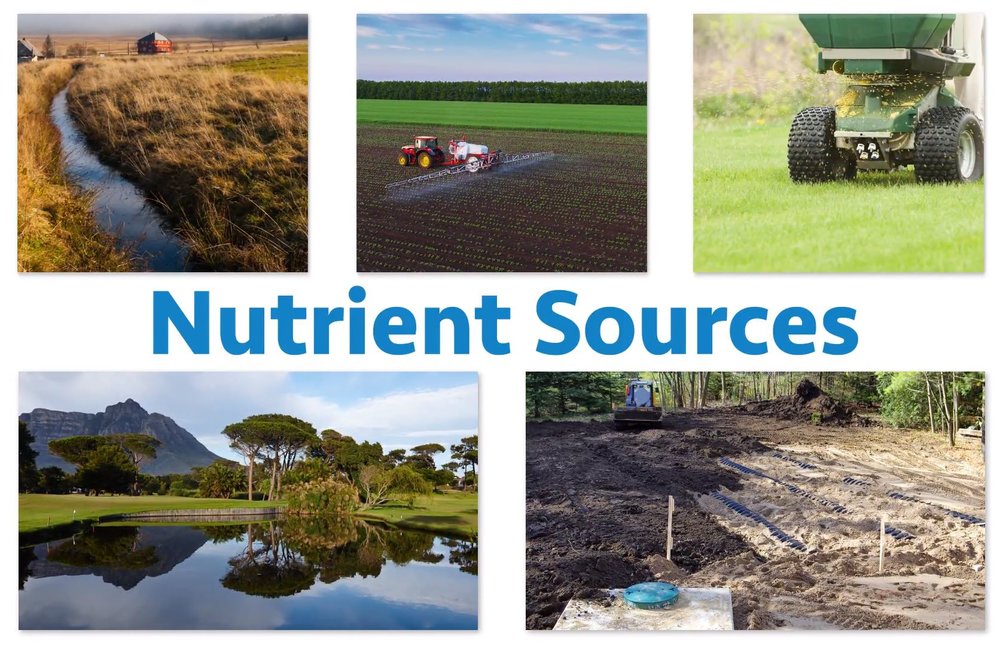
Nutrients that impact algae growth may come from many different sources. Large flushes of nutrients may enter water bodies from fertilized fields, such as golf courses, agricultural lands, or lawns that have been fertilized. That fertilizer can run off into a water resource. Faulty septic systems can also be a large contributor to nutrients into lakes.
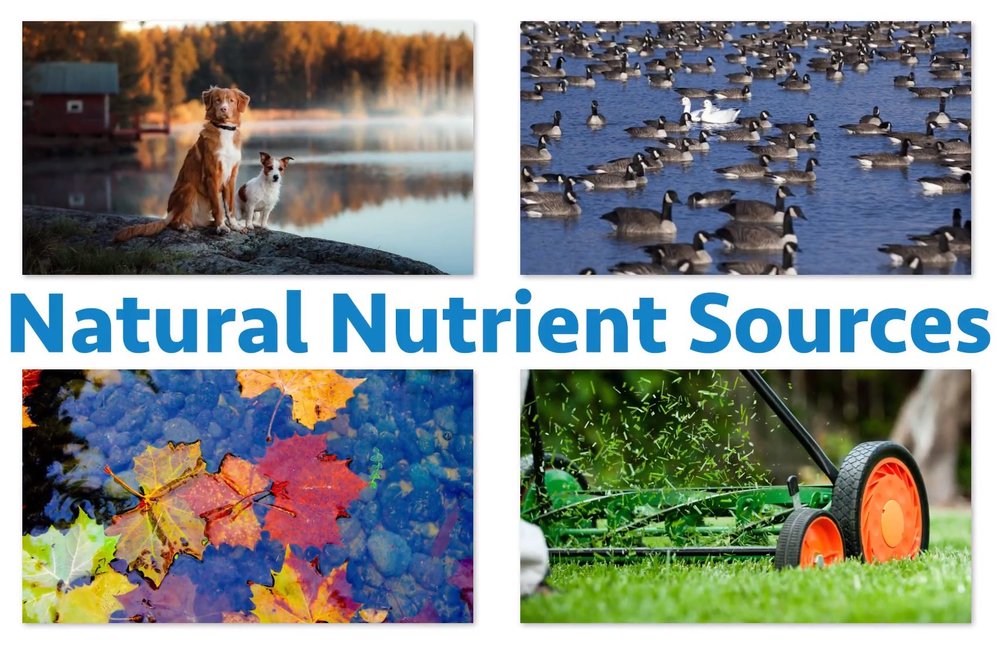
There are also many natural sources of nutrients, such as leaves, grass, and wildlife excretion. Geese can produce a lot of waste, and therefore can contribute a lot of nutrients. But even waste from domestic pets, like dogs, can end up into a water resource and contribute a lot to nutrient buildup.
Storm water management is also very important. Any time there are nutrients external from the water body that may enter it, it’s important to try and keep them out. However, these nutrients often accumulate in these systems, building up through time, and can eventually wreak havoc.
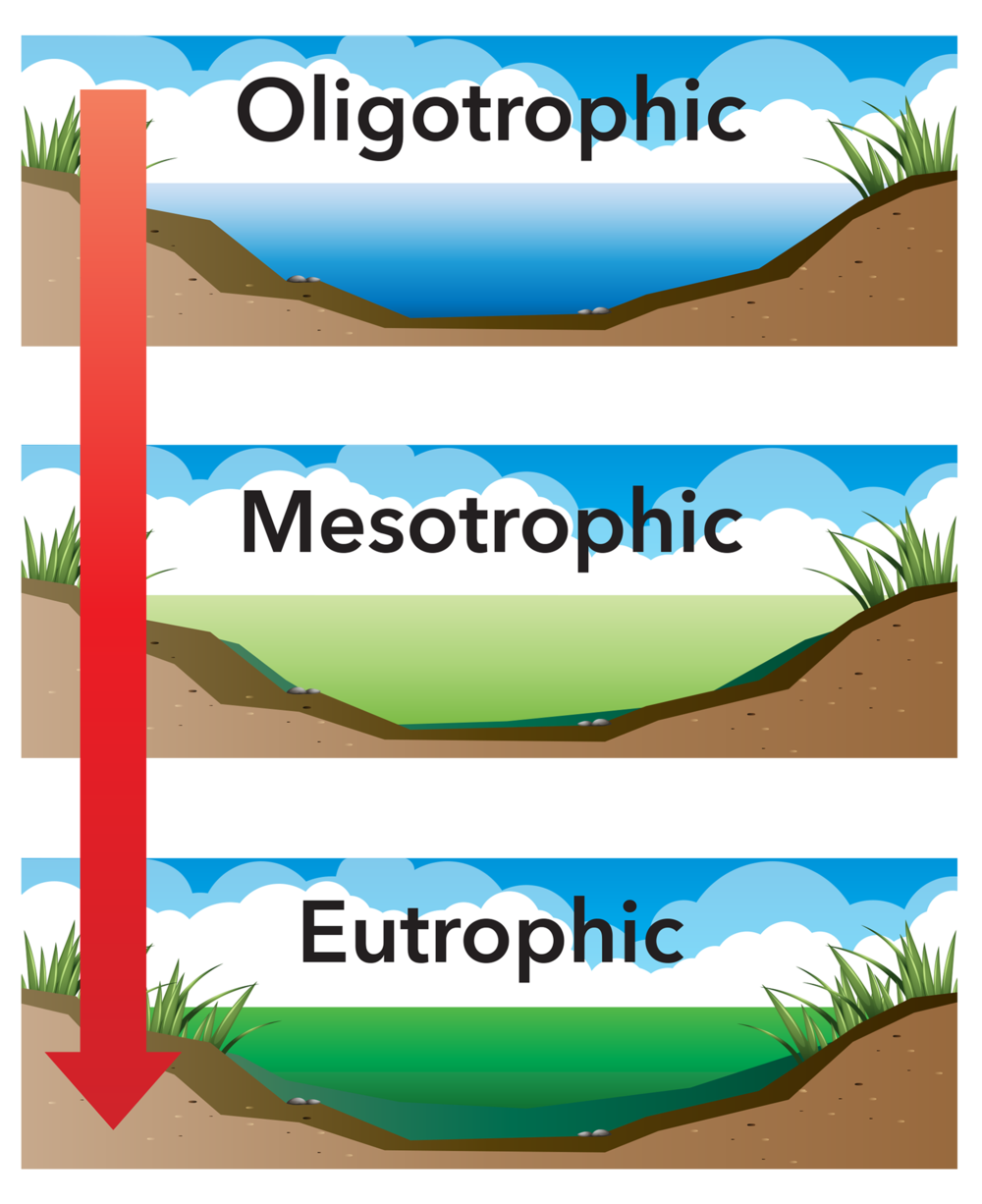
This process, the accumulation of nutrients in a water resource, is called eutrophication. This is the aging process, the natural process of nutrients coming into a system and supporting more growth.
Human activities have greatly impacted this process, greatly accelerating the eutrophication process, and we're certainly seeing the ramifications of that in nuisance and noxious algal blooms. So even if you're able to offset all these nutrients coming into a water resource, there's already enough built up in many systems to support nuisance algae moving forward.
Nutrient Management May Not Suffice
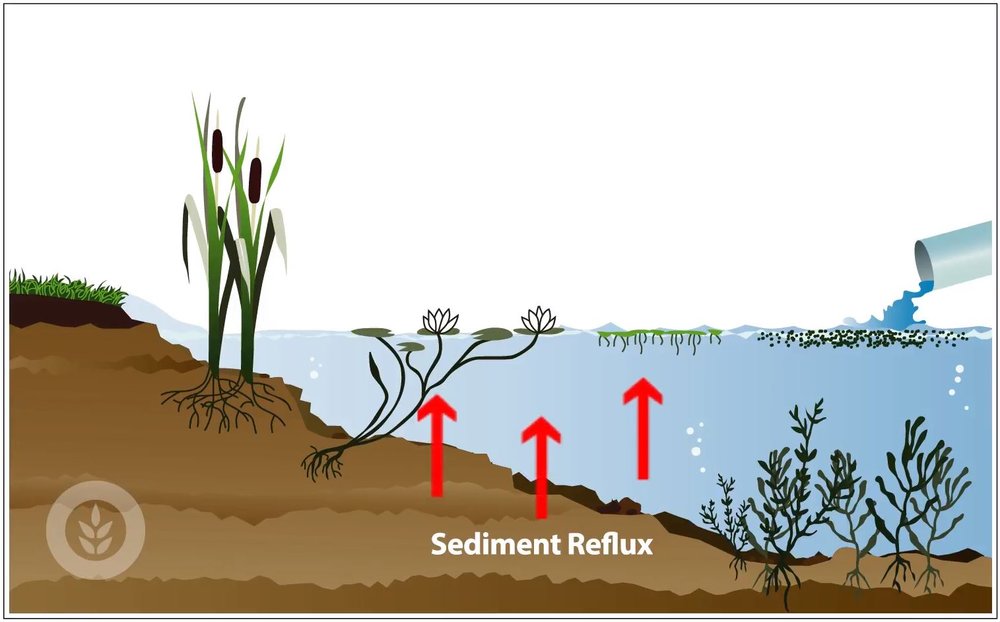
With the buildup of nutrients, simply trying to manage external sources may not support the changes in water quality that you want to see in your site. Nutrients in those sediments are very critical to nuisance algae ecology. These can be more available different times of year. In summertime, for example, under hot, stratified conditions, nutrients may get released from the sediments.
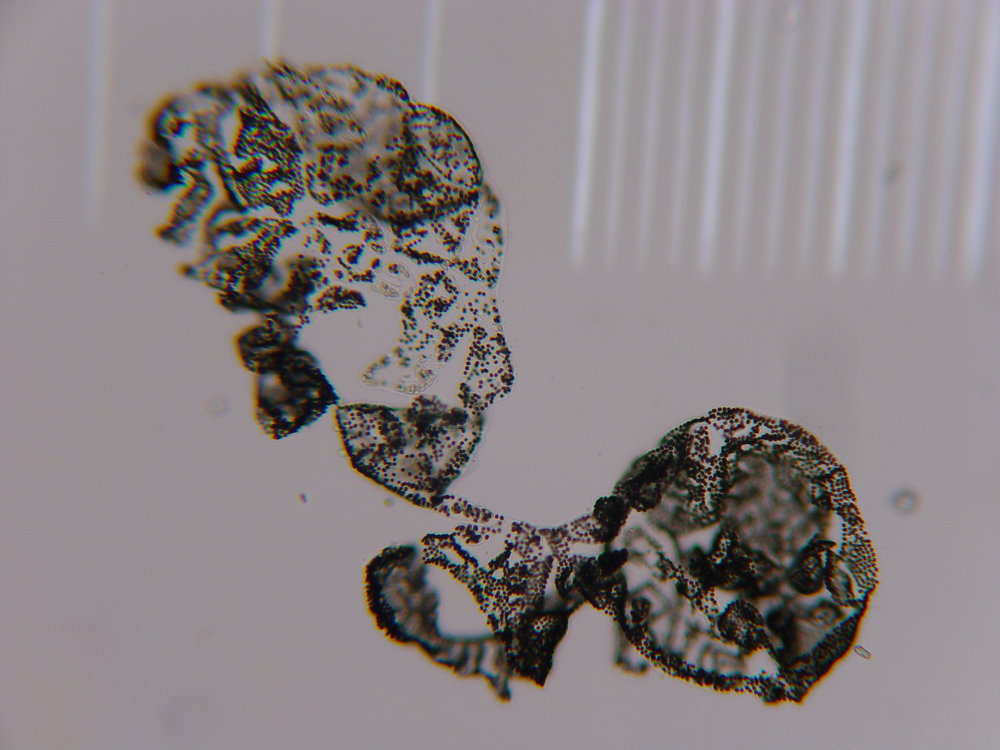
Cyanobacteria, those nuisance, noxious organisms that can produce toxins, can access these. They can move up and down in the water column. They can get down near the sediment water interface and access some of these nutrients that have accumulated in the water resource. They can uptake them, and they can use them to grow.
So, again, offsetting nutrients is important, but certainly doesn't mean you won't have any algae, and certainly doesn't mean you won't have these nuisance or noxious types of algae.
Nitrogen and Algae Growth
Atmospheric nitrogen is 78% of the air we breathe. Cyanobacteria can harness that and use that. They have specialized cells that can break nitrogen into forms and use it in their building blocks. It took humans a long time to figure out how to do this very energy-expensive process, but cyanobacteria have it mastered. So it's very difficult to make nitrogen limiting to cyanobacteria.
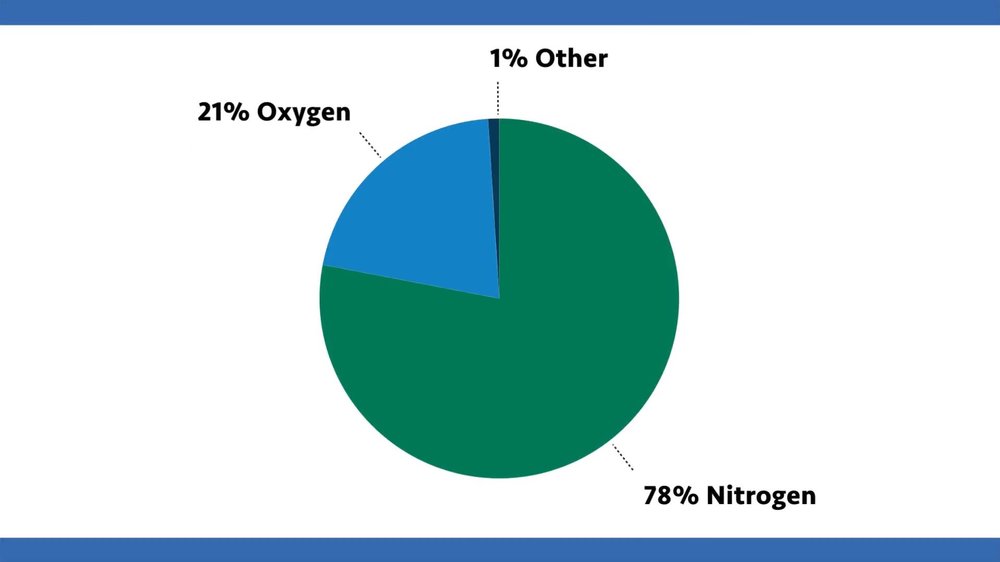
Even though nutrients are very important in shaping the types of algae you have, there are certainly many algae that grow in low-nutrient environments. Even bad cyanobacteria blooms can happen in low-nutrient environments because of their unique acquisition strategies to access nitrogen and even phosphorous buildup on the bottom of a system. So keep an eye on nutrient levels and sources, but also realize that they can be tricky in deciding what type of algae you may or may not have.
Temperature as a Growth Factor

Some algae prefer cold temperatures. You'll only find them in cold temperatures, and they dominate in these lower-temperature environments. These can be algae types like diatoms. For the most part, diatoms are good for a system. There are many green algae that prefer cooler temperatures as well. There are even algae that grow on snow or bloom under the ice.
However, other algae, like cyanobacteria, often prefer hot temperatures. They dominate in these hot conditions. They have a very high growth optima for temperature. They do grow in a lot of other environments, but in general, in these hot, warm conditions, cyanobacteria is the dominant algae. That could be independent of nutrients and nutrient types.
However, just because you’re experiencing hot or cold temperatures doesn't mean you have one specific type of algae. Typically, the populations are more diverse in cooler environments. They don't get as dense, but in cold environments you may have more types of algae. In warmer environments, you may instead see one or two types of noxious cyanobacteria, for example, that dominate and can achieve much higher densities.
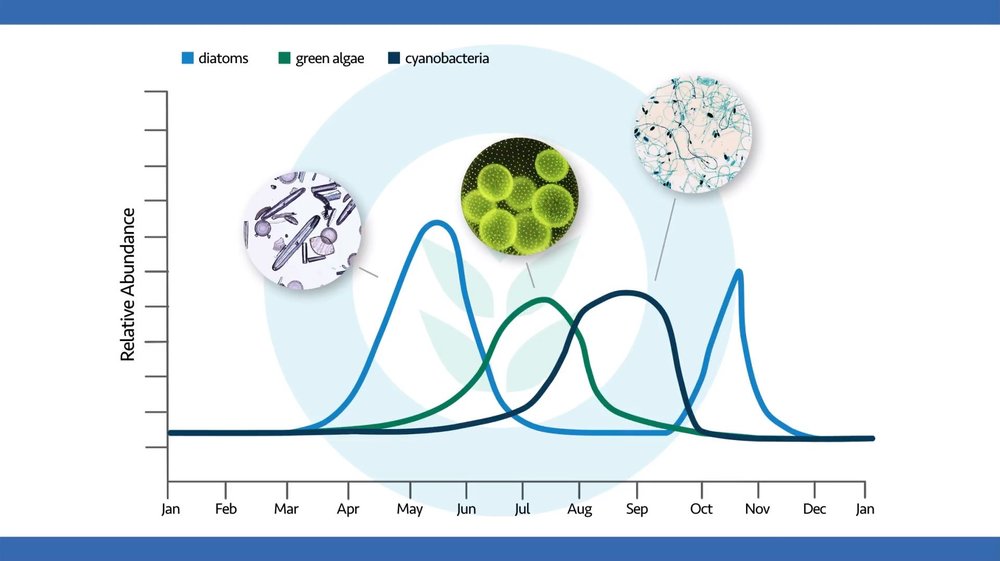
Light Intensity as a Growth Factor

Light intensity often correlates with temperatures, but it can impact algae in different ways. More light often fuels more algal growth, but too much can actually hurt algae. For example, ultraviolet light, or UV rays, may negatively impact some types of algae, like diatoms. They have a hard time dealing with those types.
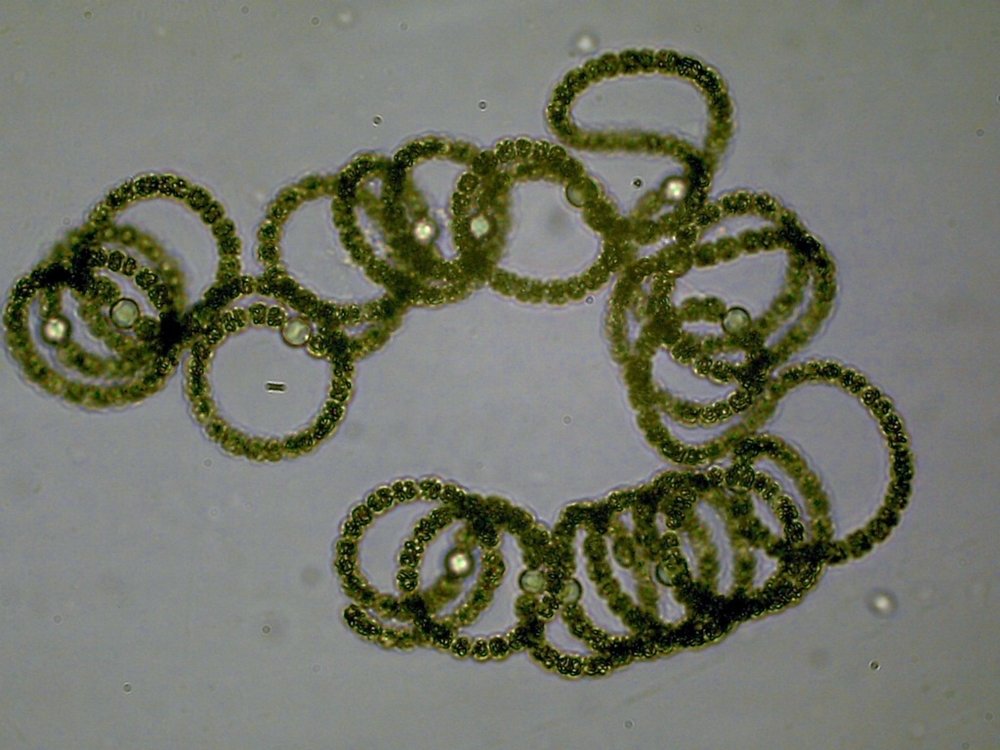
Cyanobacteria, however, actually have some sunscreen built right in. They have pigments in their mucilage called scytonemin that protect them from these harmful UV rays. They also have microsporum like amino acids built right into their cell walls to help protect them from UV light. This is actually similar to what we use in sunscreen to keep our skin safe.
So, as you get later into the season and experience higher light intensities, some cyanobacteria may dominate. This UV light can impact other algae greatly, whereas cyanobacteria are able to withstand it.
The Seasonal Lifecycle of Algae
There are likely algal spores or reproductive structures already in your system, especially if you've had historic blooms. Common summertime algae may overwinter in the sediments. They have these specialized resting stage cells called akinetes, that allow them to withstand some of the cold, harsh environmental conditions, but when temperatures warm up, when the light intensity improves, these can bloom. These can pop out and form some of those summertime blooms that you typically see.
When things cool back down again, or conditions get unfavorable, they may go back into those protective resting stage cells in the sediments, and then, again, pop up next year when things get more conducive for their growth.
Mixing of Water and Selection for Algae Types
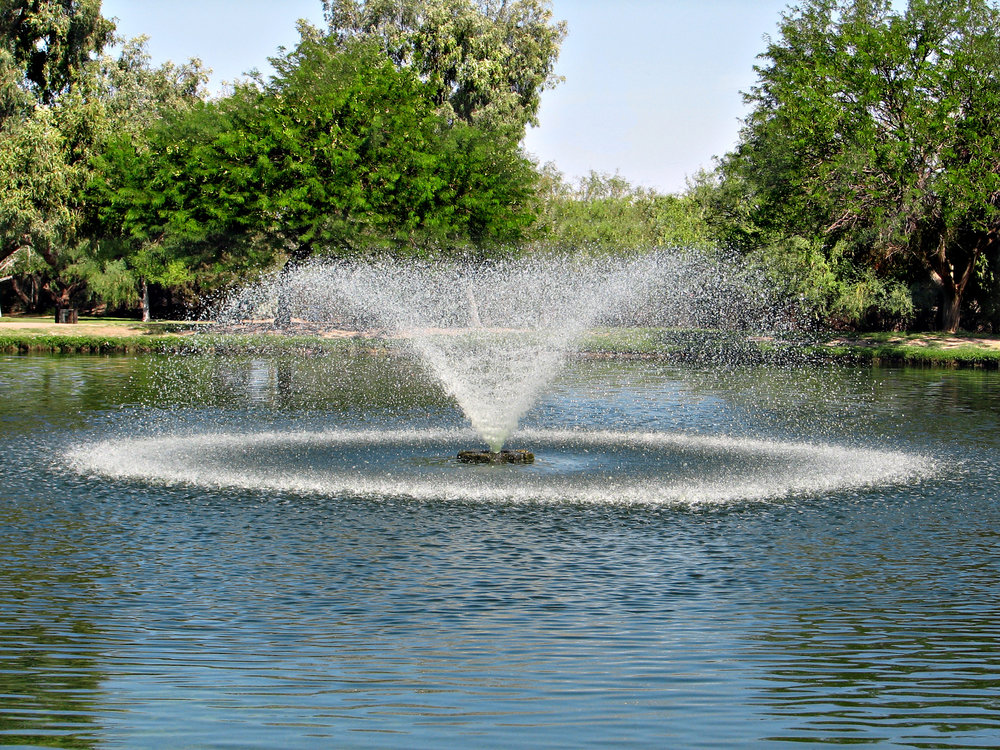
Another factor we need to discuss that can impact algae’s ability to dominate your system is the mixing of water. Mixing can occur naturally through the wind, or through fish stirring up the water. It can also occur artificially. Subsurface aeration systems, fountains, or other mixing systems are often added to a water body or pond for many good reasons.
Mixing can have benefits, like adding more dissolved oxygen to the water, but it can also impact the algal assemblage in many different ways. Some algae, like diatoms, prefer being mixed up. They have a silica outer wall which makes them very heavy, and they tend to sink. By mixing them up, it gets them in the photic zone, they tend to dominate the algal assemblage more, and this could be very beneficial for your system. Mixing also adds dissolved carbon dioxide to the water, and this is a form of carbon that diatoms need to grow. Other algae can use it too, but diatoms prefer this form. So again, mixing can help select for these more beneficial algae in many scenarios.
Conversely, mixing may select away from cyanobacteria, those toxic, scum-forming species. These types have gas vesicles that they use to adjust their buoyancy, and if you mix them up, they get confused, so they have a harder time popping up and forming those scums in a highly mixed environment. Also, bringing up this cooler, deeper water often lowers the temperature of the water. We know those cyanobacteria don't do quite as well in the cooler temperatures, whereas the diatoms and some green algae actually like the cooler temperatures. So by mixing, you may indeed keep that overall water temperature lower, prevent stratification of the upper layers, which may warm faster, and thereby offset some of those cyanobacteria from dominating in the system.
Mixing can also add oxygen to the water. Keeping oxygen near the sediment water interface may keep some of the nutrients bound up in non-bioavailable forms, and not be re-released out of the sediments, out of those legacy stores, where nuisance algae can go down and get them.
So mixing is important, and mixing may be beneficial. But unfortunately, in warmer conditions, mixing may also select for some nuisance types of cyanobacteria. There are some planktonic cyanobacteria like cylindrospermopsis and planktolyngbya pseudanabaena that like being mixed up. They can scavenge phosphorous and nutrients, use available nitrogen, and actually do better in mixed conditions. So be careful: There are some generalizations about mixing and selecting away from cyanobacteria, but there are many cyanobacteria that may enjoy these conditions and certainly may still dominate
Summary
So to recap, there are many factors that impact the types of algae in your system and how that may change throughout a season. Either over years, through natural aging, or even over decades, these types of algae can change. The factors are complex, they're interactive, and there are many factors governing the algal assemblage at a given point in time.
Nutrients, nutrient ratios, temperatures, and mixing are some of the primary factors we discussed today, but there are certainly others. Be sure to keep a close eye on your lake or pond, as things are constantly changing. Contact us if you want to learn more about addressing nutrients that have built up in your system or look at options for directly controlling nuisance algae.
To enable comments sign up for a Disqus account and enter your Disqus shortname in the Articulate node settings.
